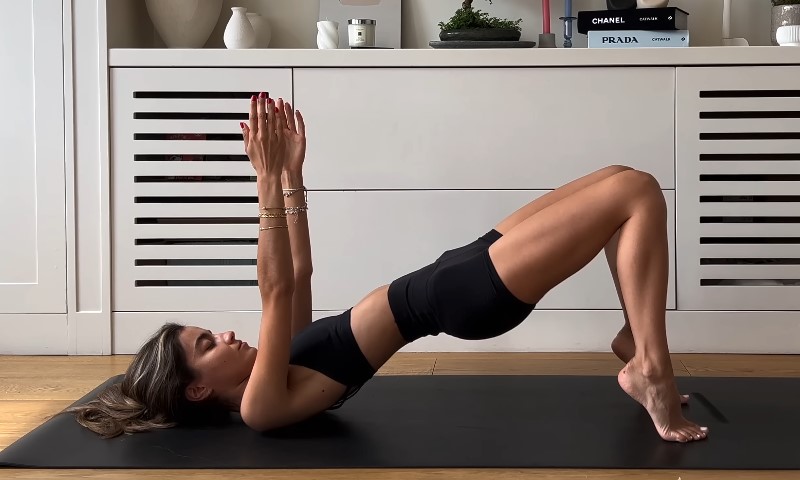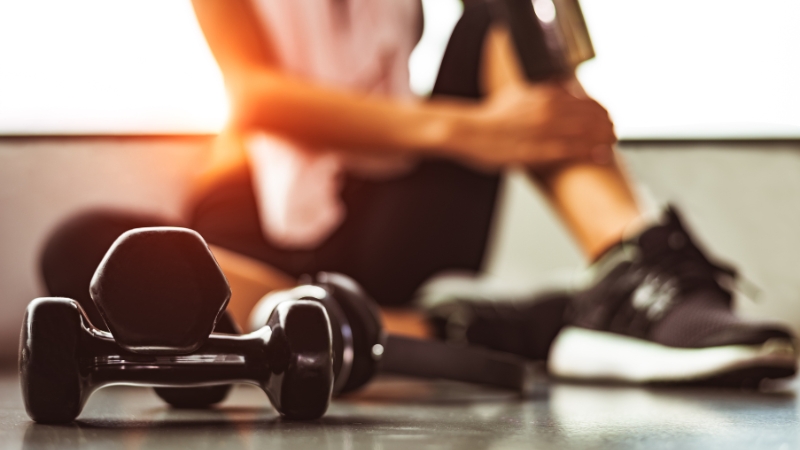
Share Post:
You know how great it feels to finish a tough workout, but the time you spend recovering is just as important as the time you spend training.
Without a solid recovery plan, you’re not getting the full benefit of your workouts, and you might even be risking injury.
Let’s talk about how to create a fitness recovery plan that really works for you; one that fits your schedule, meets your body’s needs, and keeps you ready to tackle your next workout with energy and enthusiasm.
Whether you’re a seasoned athlete or a weekend warrior, having a personalized recovery strategy will help you feel better, perform better, and get the most out of your fitness efforts.
Assess Your Physical Activity

Begin by evaluating the intensity and frequency of your workouts. Your recovery requires directly correlate with how intense your physical activities are.
For example, if you’re into high-intensity interval training (HIIT), your body will need more comprehensive recovery strategies compared to lighter, daily jogging.
This means considering not only the type of exercise, but also its duration and the level of exertion it demands.
Adjust your recovery methods to ensure they align with the specific stresses each type of workout places on your body.
Develop a Rest Day Schedule
Schedule full rest days into your fitness regimen. These are days when you do no structured physical activity, allowing your muscles and joints ample time to recover. Even pro athletes swear by this, it reduces the risk of overuse injuries and mental burnout.
Treat these days as essential components of your fitness plan, not just optional downtimes. Remember, recovery is an active process that contributes significantly to your overall progress and well-being.
Incorporate Active Recovery Days
Active recovery should involve activities significantly less intense than your usual workouts. Think of activities like:
- A slow-paced yoga session
- A leisurely walk in the park
- A relaxed bike ride around your neighborhood
These activities increase blood flow to your muscles without straining them, helping to flush out toxins and speed up the healing process. They also contribute to maintaining your cardiovascular fitness without the impact of more intense sessions, allowing your body to recover while staying active.
Set Active Recovery Intervals
Integrate active recovery sessions a day or two after a strenuous workout. This pacing helps maintain your physical fitness without overworking your body. Planning these days strategically can maximize the effectiveness of your training regimen by giving your body the chance to recuperate while still promoting blood flow to tired muscles.
Optimize Your Nutrition

After a workout, your body needs the right fuel to repair muscles and replenish energy stores. Focus on meals high in protein to aid muscle recovery and carbohydrates to refill your energy reserves. Timely nutrition intake, ideally within a 45-minute window after exercising, boosts recovery and enhances the body’s ability to build muscle and endurance.
Did you know: Many active individuals find that a moderate intake of marijuana post-exercise can significantly improve their recovery times and overall comfort, making it a compelling addition to their wellness routine.
In states where it is legally permissible, such as New Mexico, obtaining a medical marijuana card can allow individuals access to cannabis, which is reputed to help reduce inflammation, ease muscle soreness, and promote relaxation. You can check it out at Leafy Doc.
Stay Hydrated
Hydration is crucial not just during but also after your workouts. Water supports metabolic functions and nutrient transfer in the body, so keeping hydrated will help your recovery and overall health.
Enhance Recovery with Proper Sleep
Your sleep environment can significantly influence the quality of your rest. Ensure your bedroom is cool, dark, and quiet. Consider blackout curtains, eye masks, or white noise machines if you’re sensitive to light or sound.
These adjustments can make a dramatic difference in your ability to fall asleep quickly and enjoy uninterrupted rest.
Establish a Pre-Sleep Routine

This might include reading a book, stretching lightly, or practicing meditation. A consistent routine sets a mental signal for sleep, helping you transition into a deep, restorative sleep more easily.
Implement Regular Stretching and Mobility Work
Dynamic stretches before workouts prepare your muscles for physical activity, reducing injury risk. After exercising, turn to static stretches to help muscles relax and improve your overall flexibility.
Use Mobility Exercises to Prevent Stiffness
Mobility exercises can enhance your range of motion and decrease the likelihood of injuries. Include mobility routines focusing on major joints like shoulders, hips, and ankles. Regular mobility exercises ensure that your joints move freely and can support the demands of various physical activities.
Dedicate Time for Mental Recovery
Mental and emotional stress can impede physical recovery. Dedicate time to practice mindfulness or meditation to reduce stress and improve your overall recovery rate.
These practices help clear your mind, lower stress hormone levels, and improve your focus and mental resilience, all of which contribute to better physical recovery.
Engage in Pleasurable Activities
Make time for activities that bring you joy and relaxation. Whether it’s reading, painting, or watching your favorite series, taking time to unwind is crucial for a balanced recovery.
These activities can also have a profound impact on your emotional well-being, helping you maintain motivation and a positive outlook.
Monitor and Adjust Your Plan Regularly
Track your recovery activities, how you feel each day, and your overall performance. This record will help you identify patterns and areas for improvement.
Reviewing your journal regularly can provide insights into what works best for your body and what adjustments might be needed to enhance your recovery processes.
Listen to Your Body and Adjust Accordingly
As you grow and your fitness levels change, be ready to adjust your recovery plan.
Listening to your body is key; if you’re feeling worn out, you might need more rest days or lighter active recovery sessions.
Being flexible and responsive to your body’s needs will help you maintain optimal health and performance over time.
Endnote
By focusing on comprehensive recovery strategies (from rest days and nutrition to sleep and mental health), you’ll not only improve your physical performance but also enhance your overall well-being.
Related Posts:
- Creating a Post-Workout Recovery Plan That Works
- How to Create a Balanced Home Workout Plan for Women in 2025
- What Actually Works for Fast Recovery After a Brutal…
- Should You Lift Weights to Get Lean? What Works for…
- Protein Oatmeal - The Breakfast That Keeps You Full…
- How to Choose the Right Recovery Plan Based on Your…













